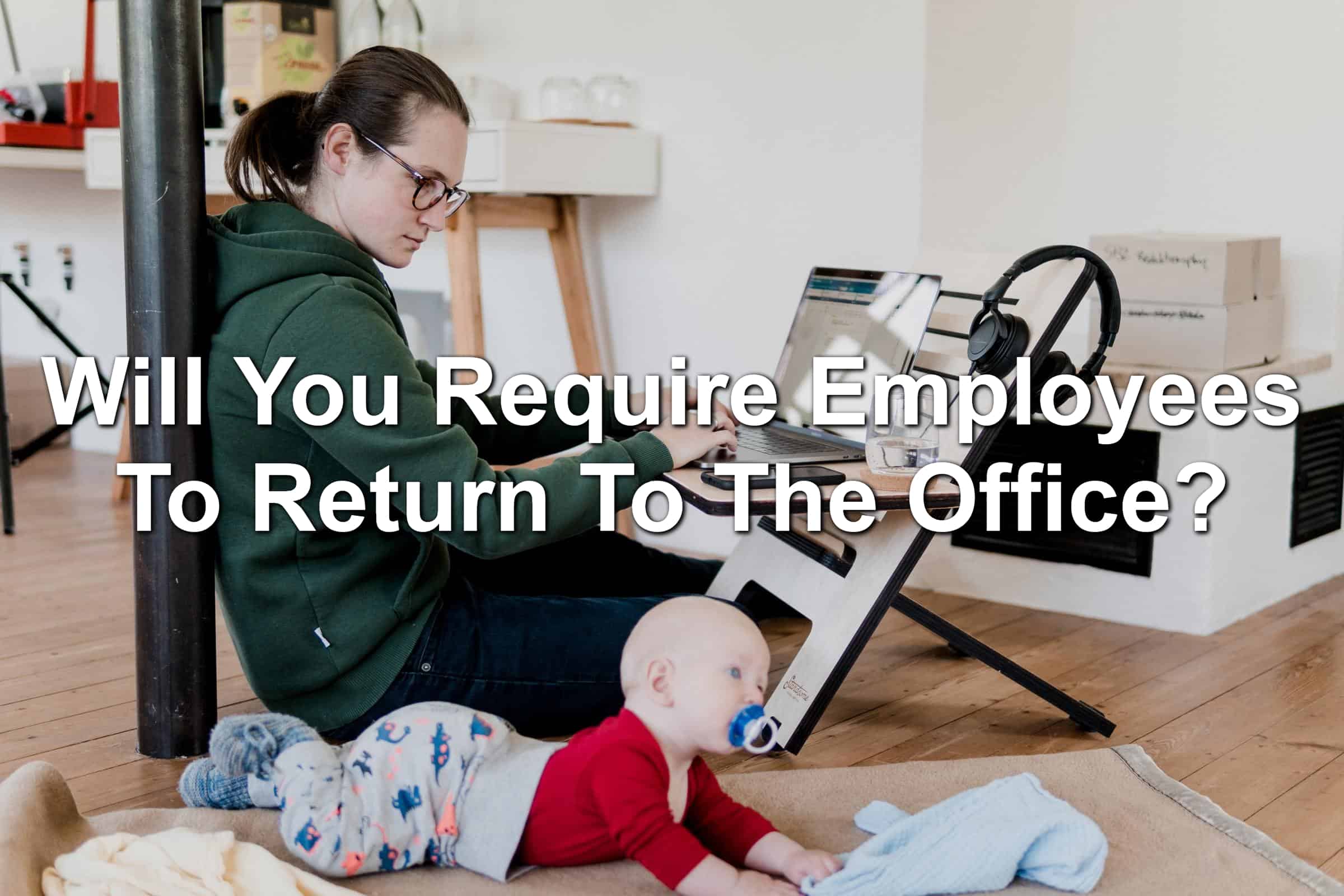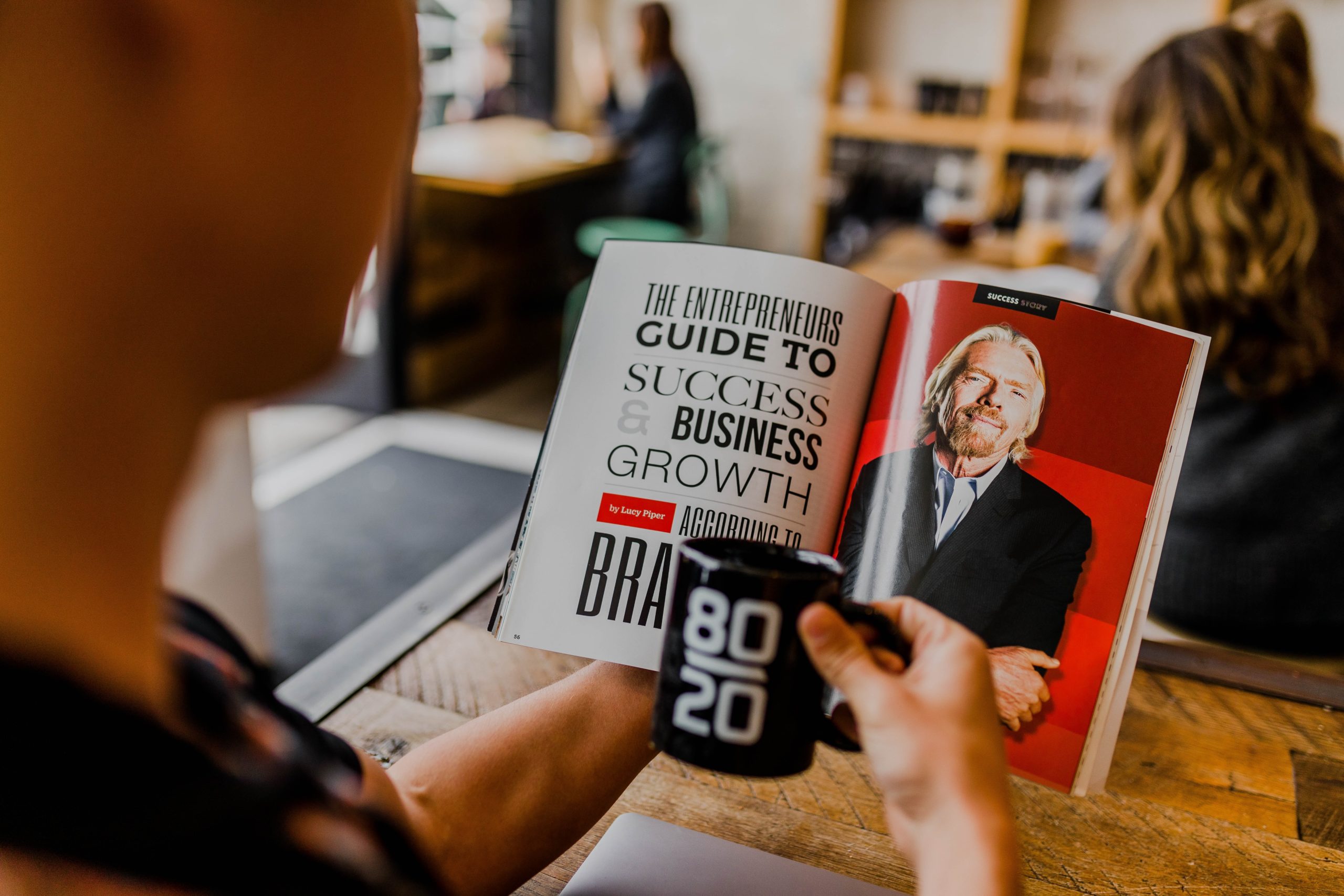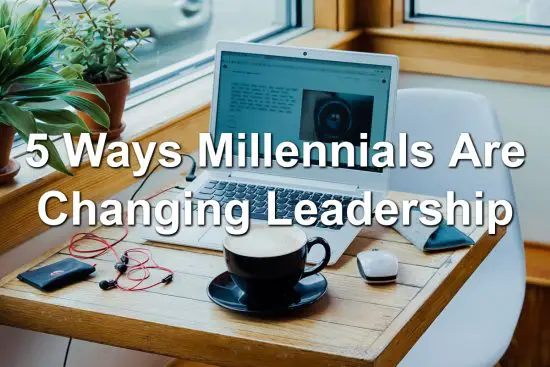Will You Require Employees To Return To The Office?
COVID-19 has taken its toll on the workplace. Many businesses shifted to a work-from-home model completely or a hybrid model. There were businesses that said they were going to keep this model of work for the foreseeable future.
With COVID-19 vaccines being readily now, these organizations and many others are shifting gears. They’re now thinking about bringing their workforce back to the office full-time.

Photo by Standsome Worklifestyle on Unsplash
This is causing major issues for business owners and employees. Employees, many for the first time, got to experience the freedom and benefits of working remotely. Remote employees skip the commute (26.6 minutes each way), reduced costs for lunch, the ability to stay at their home, better work-life balance, and more.
Employers fear their employees may not be as productive as they make it sound. They also fear their company is not as connected because they are not all working from the same office. This can create a sense of disconnect.





